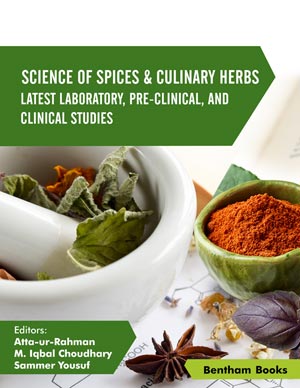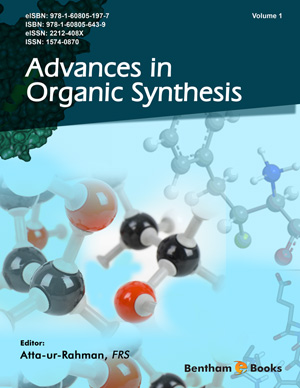Abstract
Aquaculture is an important animal production industry and since its beginnings it has been threatened by the occurrence of infectious diseases of various etiologies. Of these, bacterial diseases are one of the most damaging both to fish and shellfish aquaculture. The use of antibiotics to control such infections poses a number of disadvantages such as low efficacy, antibiotic resistance and antibiotic residues in product, water and soil. One of the alternatives to antibiotic use is the application of plants with antimicrobial properties, and other pharmacological activities. Mexico has an ancient knowledge and use of medicinal plants, which are still used. Many plants of the family Verbenaceae, genus Lippia are commonly known as Mexican oregano. These seem to form a complex of closely related species, including L. graveolens, L. berlandieri, L. alba and other infraspecies which are located between the Chihuahua desert to southern Mexico and Central America. These species are usually used as spices to flavor food. Nonetheless, they also have different medicinal properties and have been traditionally used to treat a number of illnesses and ailments. One of their curative properties is antimicrobial, and therefore, many studies have been done in various species of the complex to elucidate their chemical composition and effect in various biological systems both in human and veterinary medicine. The study of Mexican oregano species in aquaculture is very recent, but it has uncovered a number of very useful pharmacological properties, including anesthetic, anti-stress and anxiolytic, antiparasite and antimicrobial. The present chapter presents a review on general aspects of aquaculture, its history, the main infectious agents affecting the industry and the current control measures used against diseases. It also focuses on the application of essential oils of some Lippia species regarded as Mexican oregano and their use as alternative natural products to antibiotics and other chemicals used in aquaculture.
Keywords: Anaesthetics, Antimicrobial activity, Aquaculture, Aquatic animal health, Carvacrol, Essential oils, Fish, Infectious diseases, Lippia spp. , Oregano, Oysters, Shrimp, Sisease control methods, Thymol.






















